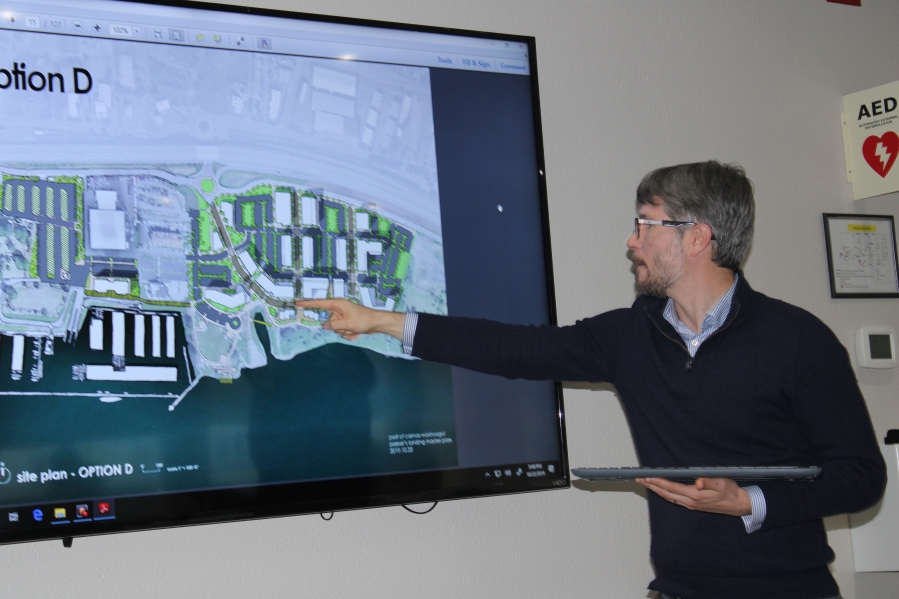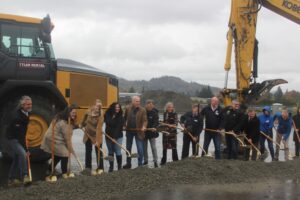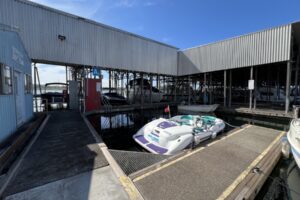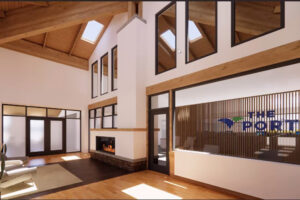Earlier this year, the Port of Camas-Washougal released three conceptual designs for the first phase of its Waterfront at Parker’s Landing development, but Port officials were adamant that they weren’t going to simply pick one of them.
They released the designs to solicit feedback from community members in the hopes of eventually selecting a fourth option that would combine elements of the first three designs. During the Port commissioners’ Oct. 23 meeting, Matt Brown of Portland-based YBA Architects introduced an unofficial “Option D,” which presented some notable changes from the earlier designs.
“We’ve been trying to synthesize and hear the feedback, as well as the internal discussions we’ve been having with Port staff and the preferred developer,” Brown said.
David Ripp, the Port’s chief executive officer, said that while the Port won’t be selecting Option D, he’s pleased with the progression of the development.
“Everybody likes where we are, how we got here and where we’re headed,” Ripp said. “Matt always impresses. He communicates and presents well, and does a good job of asking for input. I feel good about the direction of where we’re going with the process. It’s been very collaborative. I feel like we’re a team, and I’m pleased with the work that’s been done so far. We’ve gotten to where we are by all working together.”




